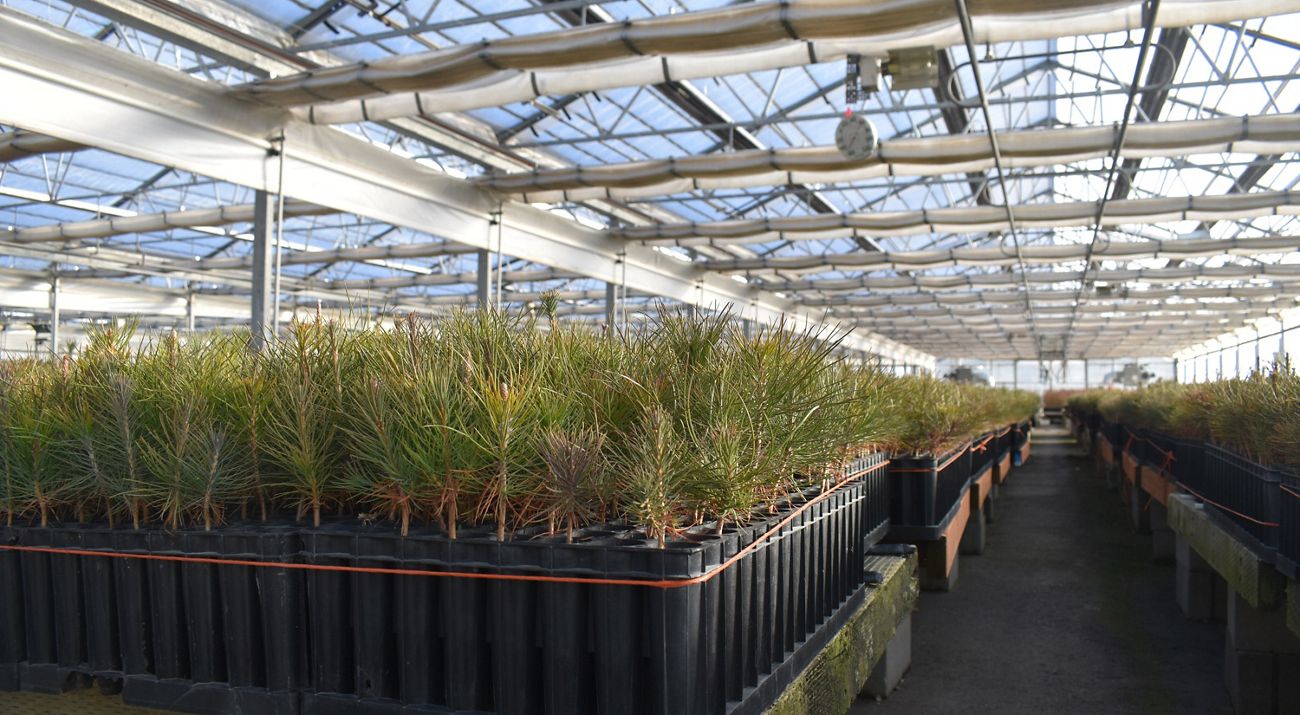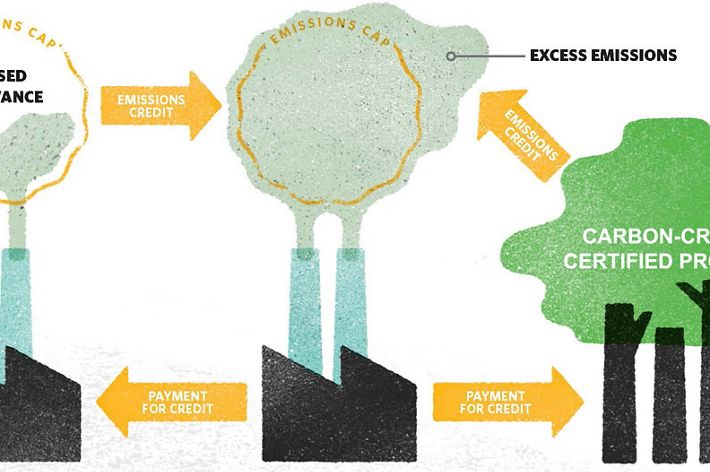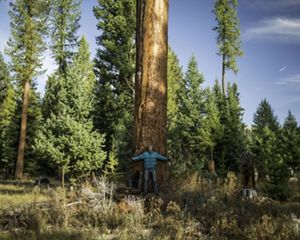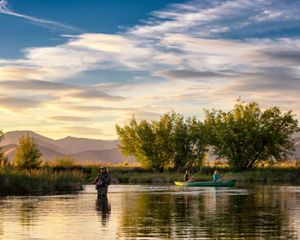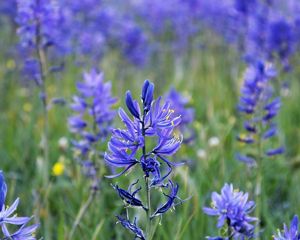Three Ways TNC Is Unlocking the Power of Trees
From forest seedlings to urban trees, TNC is working with partners in Idaho to create a healthier future.
Trees provide countless benefits. They filter our air, offer shady protection from heat and provide habitat for wildlife—just to name a few. Scientists at The Nature Conservancy have also identified ways trees help address climate change through natural climate solutions. Here in Idaho, TNC has multiple tree-related projects across the Treasure Valley and beyond.

City Trees to Mountain Forests
TNC is proud to be a partner in the Elaine Clegg City of Trees Challenge, launched on Arbor Day 2020. Named after its founder, former Boise City Council President, Elaine Clegg, the Challenge aims to plant 100,000 trees in Boise (one for every household) and 235,000 seedlings in forests around Idaho (one for every resident) by the year 2030. In 2022, the Challenge added the Boise Tree Captains volunteer initiative to address equity in urban planting and created a coupon program with local partner nurseries.
TNC is leading the collaborative effort of planting the forest seedlings. The Arbor Day Foundation has contributed more than $75,000 for the planting of 112,000 seedlings in Boise National Forest for the restoration of lands damaged by the 2016 Pioneer Fire. The ponderosa pine and Douglas fir trees will support improved soil stability, forest health and wildlife habitat in the forest. Over 15,000 urban trees and 149,00 forest seedlings have been planted so far with a goal for an additional 30,000 seedlings in 2023.
Supporting Partnerships
As a member of the Treasure Valley Canopy Network, TNC is partnering with professionals and organizations working towards sustainable development of the Treasure Valley’s urban forest. The Network's mission is to build healthy and vibrant communities through collaboration, innovation and sustainability. Urban forests provide benefits like clean air, water, reduced residential energy use during peak summer months and stormwater treatment. TNC has supported many Network initiatives, including an urban forest carbon assessment, a heat map study and a City Forest Credits project.
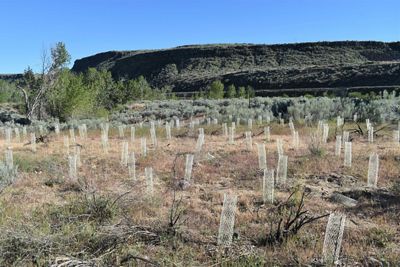
Creating a Place for Everyone
TNC is partnering with Boise State University’s Intermountain Bird Observatory (IBO) to make improvements at the Diane Moore Nature Center, a 22-acre natural area managed by IBO, located on the Boise River. This partnership presents an opportunity to advance both organizations’ shared goals of habitat restoration, outdoor accessibility and conservation education at the local level. The joint volunteer efforts focus on planting a variety of riparian vegetation, such as cottonwood and chokecherry trees, along a restored side channel. The side channel was designed to benefit wildlife by improving riparian habitat and creating new aquatic habitat for fish and other species. The project will also improve water quality and moderate temperature fluctuations.
